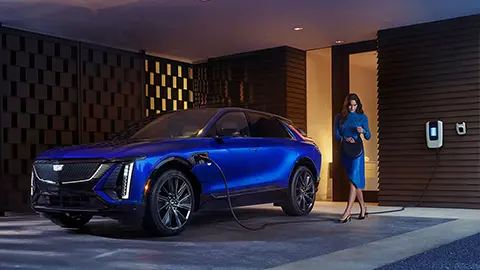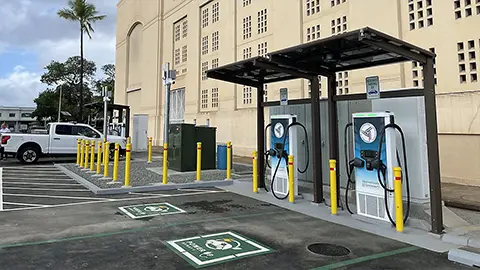Wireless Charging for Electric Cars
One of the major reasons potential buyers shy away from electric cars is the inconvenience of having to charge on a long journey. While EVs are actually more convenient than gasoline vehicles for daily use if you’re able to charge at home, charging still takes longer than filling with gas, even on the fastest high-speed charger. But what if your EV could actually be charged as you drive? A new toll road in centra Florida will be testing new technology that does just that.

Florida Pilot Project
A stretch of the new Lake-Orange Expressway, otherwise known as state route 516, will connect Lake County and Orange County in Florida, and will serve as a major east-west link between the two areas. And a stretch of the new expressway will be able to charge electric cars as they drive. It uses similar inductive charging technology as your smartphone’s wireless charger, with electromagnetic charging plates built into the pavement that are connected to the electrical grid, and are powered by renewable energy. The charging plates can detect when an electric car is above them, and activate the charging function.
Of course, almost no electric cars currently on sale in the U.S. come with wireless charging equipment (though some in Europe and Asia have such equipment available as an option). EV drivers will have to attach a charging device to their vehicle which communicates with the roadway and receives the inductive charge.

Safe and Seamless Wireless Charging
The Central Florida Expressway Authority (CFX) partnered with ASPIRE, a company that makes inductive charging technology, to create the device that attaches to your vehicle. It all operates seamlessly at highway speeds. CFX says that the plates’ ability to detect when vehicles are above means they can shut off when not in use, making the charging lane safe for all drivers to use, as well as for the surrounding environment.
ASPIRE worked with the University of Utah to build and test prototypes of both the charging plates and the inductive charging equipment that could be attached to vehicles. Starting in early 2025, testing will begin on the stretch of Florida state route 516, with the goal of gathering learnings that will facilitate the technology’s deployment in other parts of the country.

Opening in 2025
Before you get excited about never having to plug in your EV again to charge, remember that this pilot project only exists on a 4.4-mile stretch of road in central Florida – and thus won’t be able to deliver enough charge to your vehicle to fill it up in that short distance. Also, inductive charging technology on roads is mostly seen as a way to maintain a vehicle’s charge, rather than fill it up, at highway speeds – though it should still make EV driving on long distances far more convenient, as high-speed cruising uses the most battery power out of any driving situation.
State route 516, and its inductive charging lane, opens to the public in early 2025 as a toll road, and it will be interesting to see how quickly the technology is deployed elsewhere.
















